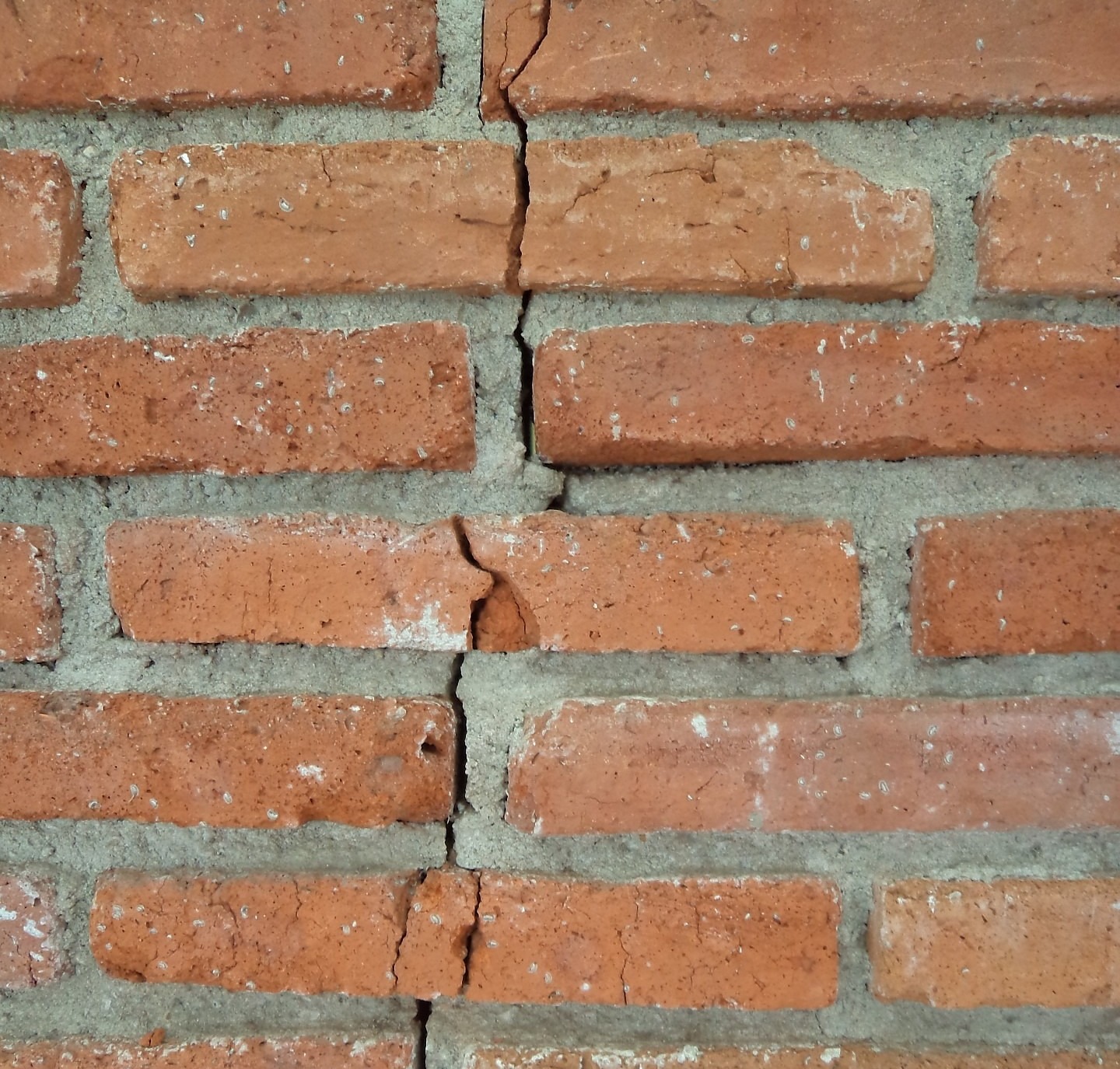Ever get that sinking feeling?
Posted on 27th October 2022 at 14:35
A short, but informative guide on the risk that trees close to your home present and what you can be doing to reduce the risk of loss or damage.
What is the risk?
Large tree’s present an obvious risk of physical injury and damage from falling, commonly caused by poor health and high winds. Then there is the less obvious risk that sits beneath the surface causing ground movement resulting in cracks appearing in your home, because of their need for water to survive and drop in soil moisture.
What causes subsidence?
Subsidence occurs when the ground contracts because it loses moisture, caused by prolonged dry spells, high temperatures and nearby trees and vegetation.
Trees require a lot of water to survive, with a mature deciduous tree removing more than 50,000 litres from the ground per year. In drought conditions, ground moisture removal goes down as much as 6m in depth as roots search for water according to the ABI.
How far away should trees be from buildings?
There is no correct answer, as there are a number of factors to consider like soil type, tree size, tree type, etc that will determine the answer, but the ABI have published guidance ONLY on safe distance from the house relating to subsidence risk. For their full report, see here –

Are you most at risk?
If clay forms a significant proportion of the soil on which your house sits, you are at the greatest risk and so it is even more pertinent you manage the trees and vegetation within a close proximity to your house.
Interestingly, insurer Zurich estimate in a typical year, 60% of all valid subsidence claims are due to root induced clay shrinkage.
Trees reportedly most often involved in subsidence incidents were Oak, Willow, Sycamore, Ash, Plane and Poplar accordingly to the ABI.
Recommendations
We recommend you consult with a qualified arborist and proactively manage trees and vegetation on your property, especially those within a close proximity to your property.
The cost of falling trees and damage caused by subsidence can be high and you are better to be proactive, as will cost you more time and money in the long term if you chose to do nothing and wait for an issue to arise.
Share this post:




